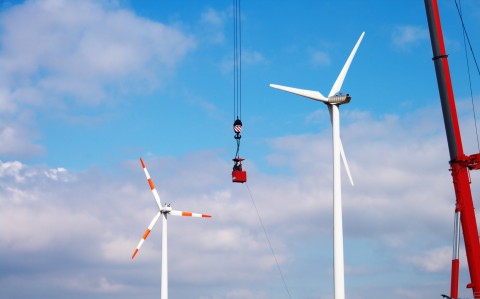
BVG Associates has recently analysed the effects of increasing the wind speed limit for turbine component lifts. The results of this analysis are described in detail in a new report, “Impact of the Boom Lock tool on offshore wind cost of energy”.
The report, available exclusively on this site, quantifies the impact on levelised cost of energy (LCOE) of reduced vessel use and earlier power generation, based on the use of the “Boom Lock” tool.
The report concludes that reducing weather sensitivity of turbine component lifting significantly reduces LCOE. Continue reading




